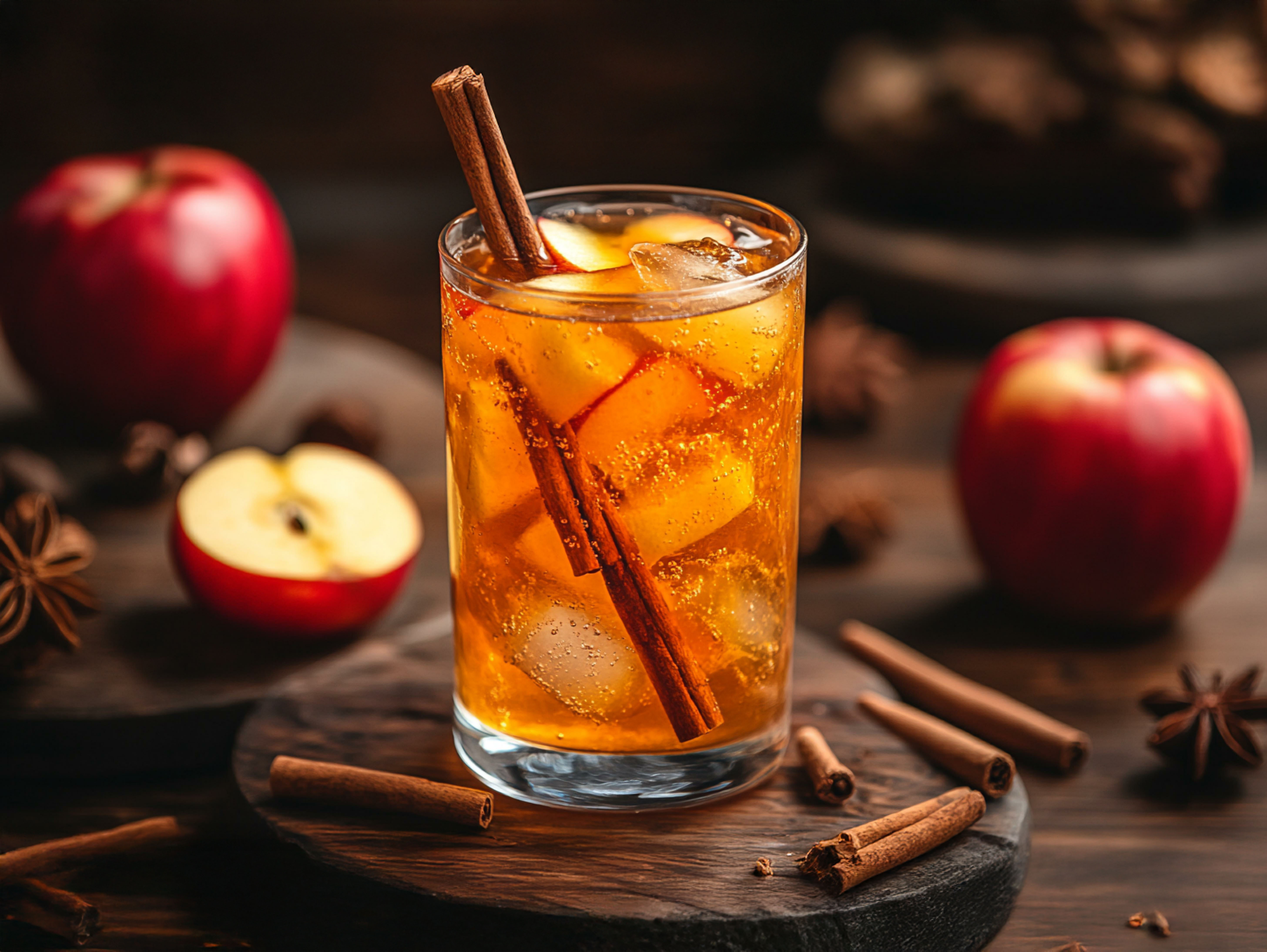
4 minute read
Raise a Glass, Cowboy!
Turns out the Wild West wasn’t all whiskey shots and barroom brawls.
A dusty cowboy slapped the trail off himself as he entered the saloon. He grumbled to the mixologist, “I’ll have a whiskey toddy.” Wait, what? Didn’t they all just drink shots of whiskey? Nope. Cowboys, miners, ladies of the night, and most pioneers drank fancy cocktails.
Can you imagine Doc Holliday, Wild Bill Hickok, or Jesse James sipping a fancy cocktail? It’s true, and William F. “Buffalo Bill” Cody’s favorite cocktail was the Stone Fence, and he often drank it at the Buckhorn Exchange saloon in Denver, Colorado. It contained whiskey, ice, and seltzer water.
There were over two hundred recipes in wildly popular cocktail books under the categories of Punches, Sours, Flips, Shrubs, Juleps, Toddies, Daisies, and other cocktail drinks. Mixologists, chemists, or professors stocked a variety of liquors, mixers, bitters, and syrups to accommodate an extensive beverage list. Western-created drinks like the Martini, Pisco Punch, a flaming drink called the Blue Blazer, and the Boothby Cocktail are still being made and enjoyed today. Another wildly popular drink was called the Rock and Rye and was made with rock candy syrup and rye whiskey. This was a controversial beverage because not only was it offered as a cocktail in saloons, but it was also sold as a health tonic. Some mixologists recommended it to soothe a sore throat, but some just liked the way it tasted. One Montana man tried to cure himself of “the grip” with Rock and Rye. Mr. W. Sampson was brought before a judge in Anaconda for disturbing the peace. Sampson, who had been a sober man for two years, had gotten drunk when a friend told him there was nothing better to cure the grip than Rock and Rye. Sampson trusted his friend and headed to the store and got himself a bottle. He felt so good after consuming the first bottle that he proceeded to get a second. In the midst of his second bottle, Sampson “kicked up quite a fuss” and was arrested. When he was brought before the judge the court asked him if he could restrain himself and not go back to drinking. He told the judge he wasn’t sure, so the judge said, “Wouldn’t it be better for you if you went to jail for thirty days, so as to give you an opportunity to thoroughly sober up again?”
Sampson replied, “I haven’t the slightest objection in the world.”
Drinks aside, let’s talk about the shot glass. Mixologists listed a wide variety of glasses in their books for various cocktails, but surprisingly, none of them were called “shot” glasses. The closest thing to what’s available today was called a whiskey glass that held one and one half to two and one-half ounces. It resembled the traditional shot glass used today. The first reference to the actual use of the word “shot glass” appeared in papers across the country in the early 1930s, and the words were always in parentheses. In 1932, a judge heard a case about a “shot glass,” which he had never before. The case involved a restaurant owner seen by police officers carrying three shot glasses of liquor. The judge listened as the defendant’s attorney and police officer discussed the matter and from that conversation determined that a shot glass was the size of a drink of liquor—be it large or small. The defendant’s attorney told the police officer that he contended, “shot glasses were very small and made of heavy glass. The police officer said, “No. My idea of a ‘shot glass’ is a glass that a man takes a ‘shot’ of liquor from in one drink.”
Stone Fence:
2 oz. bourbon
2-3 ice cubes
Apple Cider
Add bourbon and ice to a tall Collins glass and top with cider. Stir and enjoy!
Source: Adapted from Jerry Thomas’s, The Bar-Tender’s Guide, 1887.
Sherry Monahan is an award-winning culinary historian who enjoys researching the genealogy of food and spirits. While there’s still plenty to explore about frontier food, she’s expanding her culinary repertoire to include places and foods from all over America and beyond. She holds memberships in the James Beard Foundation, the Author’s Guild, and the Wild West History Association. She is also a professional genealogist, and an honorary Dodge City marshal. Her newest cookbook, Culinary Treasures: Dude & Guest Ranches of America, will hit bookstores this Spring, alongside Victorian Recipes with a Side of Scandal: The Story of Ethel Barry, which was released in December.










